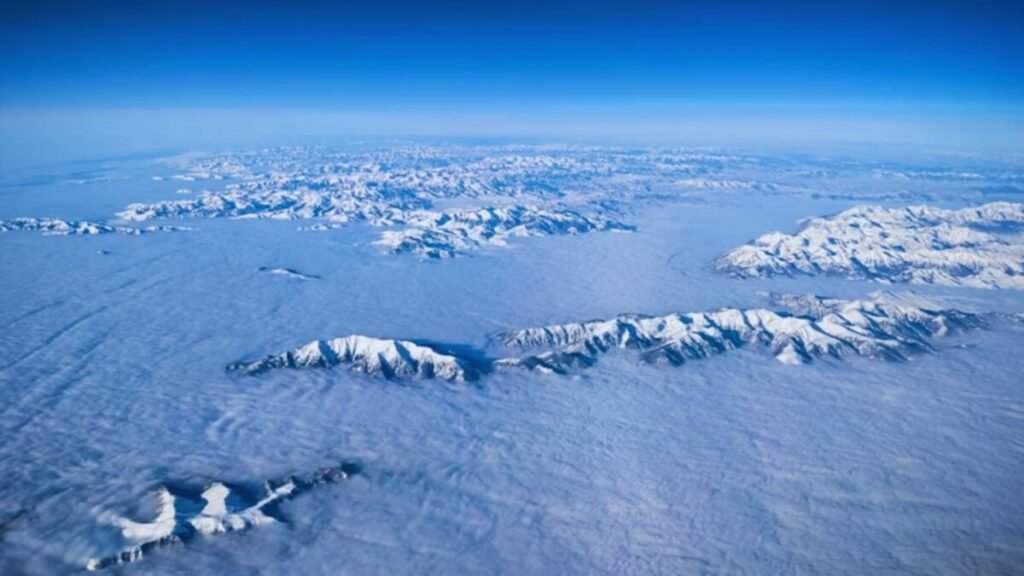“A concealed network under Antarctica that has the potential to reshape the understanding of ocean history”

Antarctica, once shrouded in mystery and icy silence, has revealed a groundbreaking discovery that challenges the fundamentals of climate science. Beneath its surface lies a hidden network whose vast scale and function were previously unknown, potentially reshaping our understanding of the interconnected relationship between ice, oceans, and global climate.
The canyons emerging from the ice
This revelation stems from 40 international expeditions that gathered high-resolution bathymetric data, unveiling a total of 332 massive canyons in Antarctica – five times more than previously estimated. Some of these canyons plunge to depths of 4,000 meters, serving as crucial underwater pathways for transporting nutrients, sediments, and water.
Dr. David Amblàs from the University of Barcelona describes this as “the first comprehensive view of these systems across the entire Antarctic margin.” The layout of these canyons not only reflects the current ice dynamics but also offers geological insights into their evolution spanning thousands of years.
Two worlds in one continent
Antarctica presents two distinct landscapes. The East Antarctic Peninsula features sprawling, intricate canyons sculpted by stable ice layers that have persisted for millennia. In contrast, the West Antarctic Peninsula showcases shorter, steeper canyons indicative of a more dynamic glacial environment susceptible to the effects of global warming.
Dr. Alan Condron from the University of Massachusetts highlights that these disparities enable the reconstruction of ice flow history and refinement of models predicting the future trajectory of this icy continent.
Implications for climate and oceans
These canyons are not mere geological anomalies; they serve as crucial passageways in ocean circulation. Cold, dense water flows through them into the ocean depths, nourishing the thermohaline circulation that regulates global temperature. Concurrently, warm water rises, reaching ice shelves and hastening melting from beneath.
Previous models have underestimated the significance of this topography. With the newfound data, scientists can more accurately forecast ice loss and its repercussions on rising sea levels. Antarctica underscores that even in the most secluded corners, the planet harbors enigmas capable of reshaping our future.






